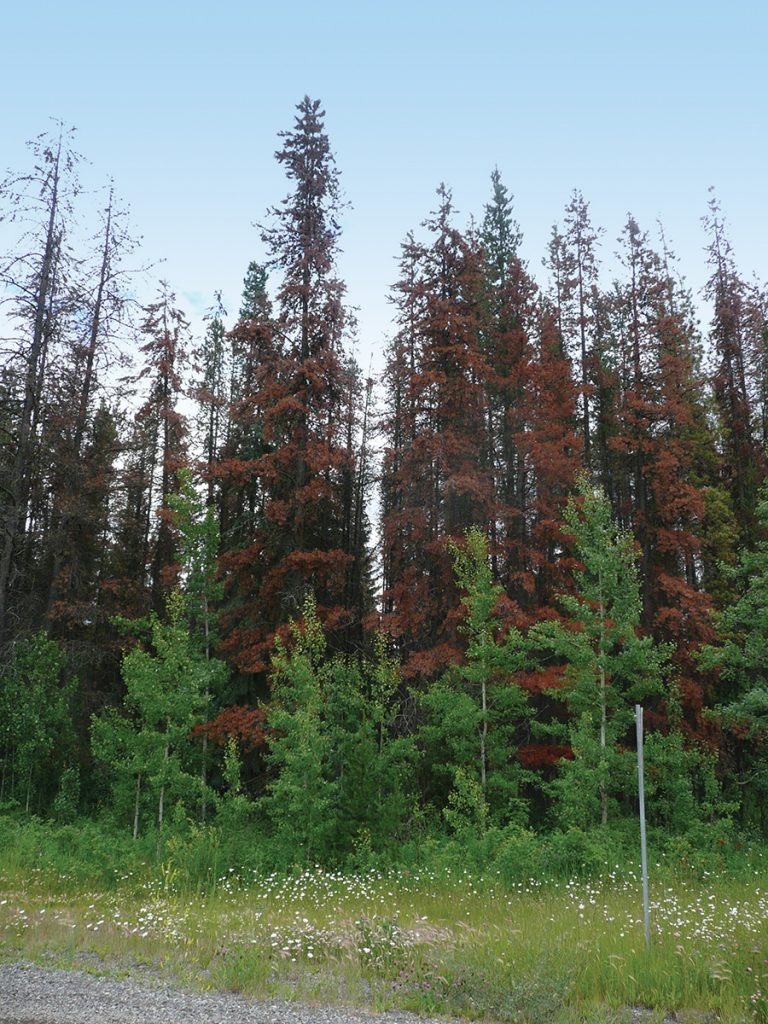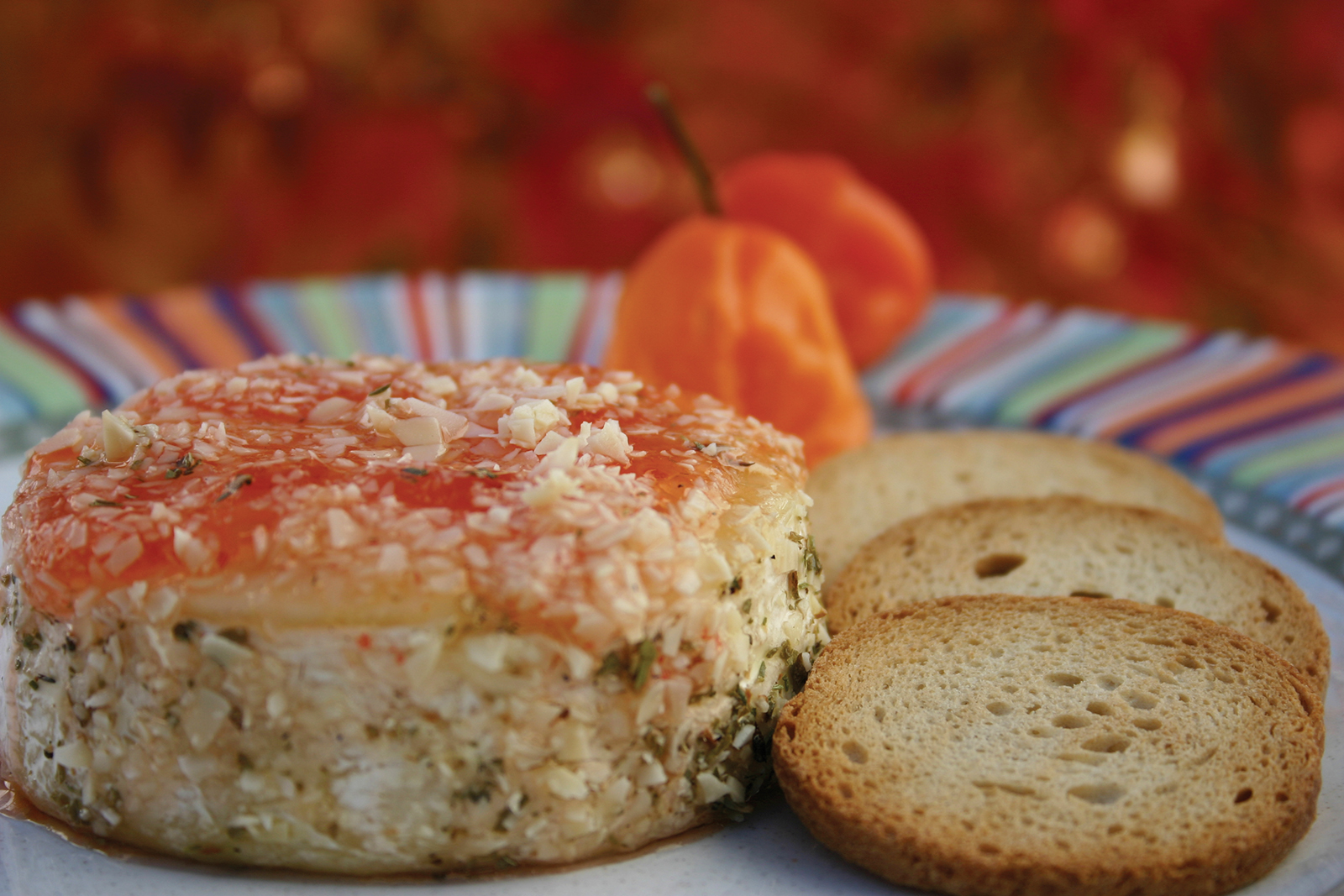By The Cooking Ladies
2021 marks RV Lifestyle Magazine’s 50th anniversary year and we have highlighted some favourite previously published recipes from Phyllis Hinz and Lamont Mackay, otherwise known as The Cooking Ladies.
Here is the recipe for Hop Pepper Jelly Brie, as printed in Vol. 38 No. 3 in 2009.
(Makes 2 to 4 servings)
- 2 teaspoons (10 mL) olive oil
- 1/2 teaspoon (2.5 mL) dried oregano
- 1 tablespoon (15 mL) blanched almond slices
- 1 brie wheel (125 g)
- 2 teaspoons (10 mL) hot pepper jelly
- crackers
- Combine the olive oil and oregano in a small bowl. Set aside.
- Crush or chop the almond slices into small pieces. Set aside.
- Cut the top skin off the brie wheel. Brush the top, bottom and the sides of the brie wheel with the olive oil mixture.
- Spread the hot pepper jelly on top of the brie. Sprinkle the crushed almonds over the jelly.
- This recipe can be finished in a countertop oven or on the grill.
- For an oven: place the brie in the centre of a square of parchment paper larger than the brie wheel that has been folded over several times to give it stability. Heat the brie at 350° F for 5 to 10 minutes until it is soft and hot but not melted.
- On the grill: place the brie in the centre of a square of a double layer of heavy-duty aluminum foil. Make sure that the aluminum foil square is larger than the brie wheel.
- Preheat the grill on high for 10 minutes. Turn the heat off on one side.
- Place the brie, on the aluminum foil, on the side of the grill without the heat.
- Grill the brie, lid closed, with indirect heat for 8 to 10 minutes or until the cheese is soft and hot.
- Serve with crackers.
Please visit The Cooking Ladies’ website at www.thecookingladies.com or email them at info@thecookingladies.com
In an ever Changing World, It’s Happy Hour Somewhere
 Trees are the predominant scenery on the drive through the northeastern section of British Columbia. The devastation of the forests brought on by the infamous mountain pine beetle is overwhelming. Dry, rusty-brown pine trees cover the hillsides. The dead and dying trees are the discarded nurseries of the pine beetle which together with its partner, the blue-stain fungus, choke off each tree’s flow of water and food. Graveyards of trees extend for miles in every direction. In the final stages, lifeless evergreen trunks are shadows of their former selves. At this stage they are no longer salvageable.
Trees are the predominant scenery on the drive through the northeastern section of British Columbia. The devastation of the forests brought on by the infamous mountain pine beetle is overwhelming. Dry, rusty-brown pine trees cover the hillsides. The dead and dying trees are the discarded nurseries of the pine beetle which together with its partner, the blue-stain fungus, choke off each tree’s flow of water and food. Graveyards of trees extend for miles in every direction. In the final stages, lifeless evergreen trunks are shadows of their former selves. At this stage they are no longer salvageable.
However, loggers have discovered that if they can harvest the lumber before the tree is completely dead, the wood has a unique blue-stained grain. The lumber gives homes, furniture, and cabinetry an exotic look. By being creative these trees are not wasted. It’s all about reinventing in an ever-changing world.
We are constantly reinventing ourselves to keep up with changes in modern technology. We have a website. We have a blog. We are on You Tube. And we have redesigned the way we create and publish our cookbooks. We have a new e-cookbook on our website. People can buy it and download it on their computer. It’s our way of saving trees.
This is one of 30 of our favourite happy hour recipes in the cookbook. And we all know, it’s five o’clock somewhere.
























